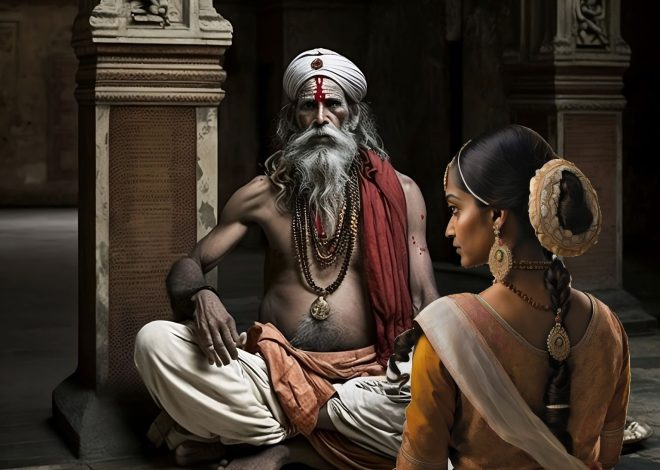
Varahamihir and the science of earthquake prediction
Varahamihir and the science of earthquake prediction, how to test theories using empirical evidence.
Varahamihir was a 6th-century Indian astronomer, mathematician, and astrologer. He wrote Brihat Samhita, a comprehensive treatise on astronomy, astrology, mathematics, and other sciences.
Varahamihir predicts earthquakes in Brihat Samhita. He claims that Dig-daah (neutron flashes or ground glow) and Saturn, Mars, Jupiter, or Rahu close conjunctions can predict earthquakes.
Varahamihir’s earthquake research is noteworthy. His atmospheric observations may reveal earthquake sources, leading to more accurate and trustworthy prediction systems.
Some people believe his predictions can avoid or lessen earthquake damage. Others think Varahamihir’s predictions are unreliable.
Varahamihir lists various earthquake-related air phenomena:
• Dig-daah: A bright light appears in the sky days before an earthquake.
• Close conjunction of Saturn, Mars, Jupiter, and/or Rahu: This unusual astrological alignment may induce earthquakes.
• Earthquakes modify the magnetic field. Scientists can forecast earthquakes using these changes.
Varahamihir’s earthquake prediction claims are based only on empirical proof. His studies on earthquakes and atmospheric phenomena may help explain their causes.
Observation and experimentation yield empirical evidence. Scientific exploration requires it.
Science is just a hypothesis without empirical evidence. Scientists test and create theories using empirical evidence. Empirical evidence is diverse.
And it’s examples include:
• Observational data: Data from nature. Scientists may watch animals or planets.
•Experimental data: Here data is collected through experiments. Hypothesis-testing experiments are regulated.
• Statistical data is collected by gathering and analyzing enormous amounts of numerical data. Statistical data can forecast trends.
Examples of empirical evidence in scientific exploration:
• Galileo Galilei: Galileo proved his Earth-sun hypothesis with empirical data. He observed planets, stars, and pendulums.
• Charles Darwin: Darwin supported evolution with actual data. He studied fossils and animal behavior.
• Albert Einstein: Einstein developed his relativity hypothesis using empirical evidence. He experimented with clocks, mirrors, and planets.
A thorough testing can prove or disprove empirical, evidence-based findings. Indian Samhitas are a treasure trove of such experimentation.
But, hey since this was work done in the Indian sub-continent, not the West let’s just write it off without further testing.
Img: AI rendering
#Varahamihir #Earthquakes #Prediction #Astronomy #Astrology #Evidence #Science #Observation #Experimentation #Statistics #Galileo #Darwin #Einstein #Research #Samhitas


